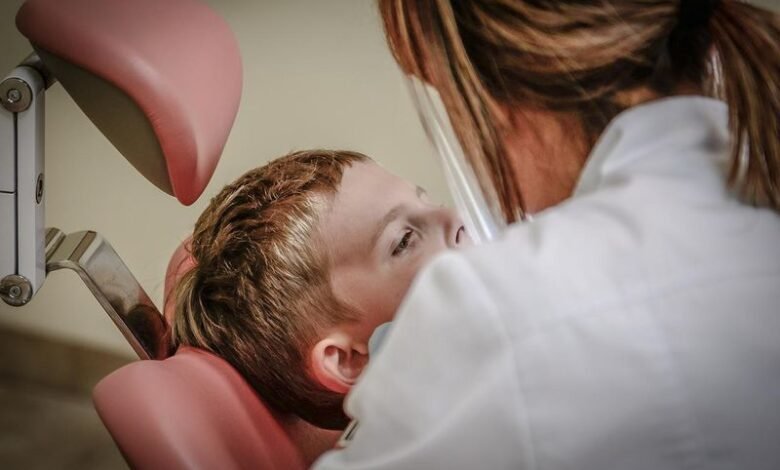What Are the Different Types of Conscious Sedation Drugs Used in Dentistry?

Are you afraid of the dentist? If so, you aren’t alone. Up to 20% of adults report that their anxiety about dental care keeps them from making regular visits.
Thankfully, there is a solution – conscious sedation.
This pain and stress-relieving alternative to traditional dentistry is growing in popularity. But, what is conscious sedation, and how does it work?
Read on for the answers to these questions and more!
What Is Conscious Sedation?
Simply put, conscious sedation drugs allow you to relax and feel detached or “out of it” while a procedure is underway. They might also make your memory of the event less vivid.
Conscious sedation, however, won’t “put you to sleep” like general anesthesia.
So, with that in mind, what is sedation dentistry?
This technique uses one or more medications to deliver conscious sedation during a dental procedure. And, which is appropriate for your procedure will depend on its severity and how long it will take to complete.
Conscious Sedation Drugs Used in Dentistry
Oral Sedation is one of the most common methods used in sedation dentistry. A variety of drugs are used, including:
- Valium or Diazepam
- Midazolam or Versed
- Midazolam
- Halcion or Triazolam
- Zaleplon or Sonata
- Lorazepam or Ativan
Usually taken in pill form, these medications work best during short treatments and procedures.
Inhalation Sedation has been used for decades during routine dental surgery. This method uses Nitrous Oxide, sometimes referred to as “laughing gas”, blended with oxygen and applied through a mask. Many dentists prefer to use gas, as it is the lightest form of sedation and allows patients to remain completely conscious and communicative throughout their procedure.
While this is one of the safest and best-established types of sedation dentistry, it doesn’t work well for patients who experience claustrophobia.
For more serious or lengthy dental operations, IV Injections are sometimes offered. Some dentists use similar medications to those applied during oral sedation, but others opt for opiate-based drugs. These might include:
- Meperidine or Demerol
- Morphine
- Butorphanol or Stadol
- Nalbuphine or Nubari
- Fentanyl or Sublimaze
- Pentazocine or Talwin
- Pentobarbital Sodium
Propofol and other similar medication can bring about a relaxed state but are easy to overdose and thus not recommended.
What to Expect During Conscious Sedation
Depending on the length and seriousness of your dental procedure, mild, moderate, or deep sedation will be administered. Other factors will be taken into consideration, too, like whether or not you’d prefer to drive yourself home after your appointment.
Your dentist will explain what level of sedation to expect before administering any drugs. And, in some cases, patients might be asked to self-medicate with a prescribed single-dose pill 30 minutes to one hour before their appointment.
Once your dental procedure is complete, you’ll be asked to remain in observation at your dentist’s office until the signs of sedation have started to wear off. This is for patient safety.
Planning Your Next Dental Appointment
Now that you know a bit more about your options when it comes to conscious sedation, it’s time to talk to your dentist. Let them know that you’d like to experience less pain and stress during your next dental procedure – and see which methods they offer.
Did you find this article informative? If so, stick around and scroll through the rest of our blog posts. We’ve got tons of helpful tips and ideas to help you improve your overall health and happiness!






